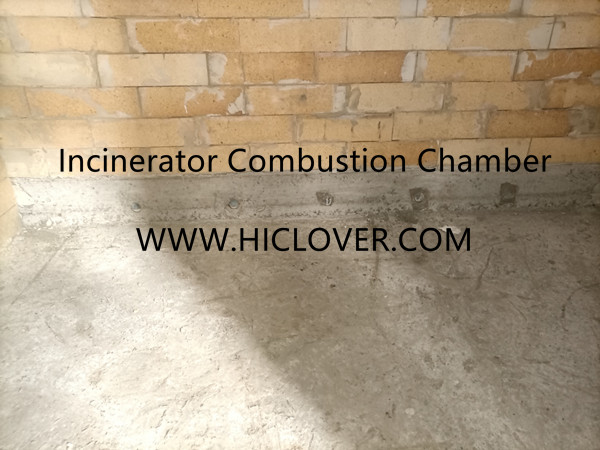Incineration of waste has long been a contentious issue due to concerns about air pollution and greenhouse gas emissions. However, with advancements in technology and increased regulation, incineration plants have been able to minimize their pollutant emissions. Here are some proven methods for minimizing pollutant emissions from incineration plants.
1. Use of Advanced Air Pollution Control Systems:
One of the most effective methods for minimizing pollutant emissions from incineration plants is the use of advanced air pollution control systems. These systems are designed to capture and remove pollutants from the flue gas before it is released into the atmosphere. Common techniques used in these systems include electrostatic precipitators, fabric filters, and scrubbers. These systems are capable of removing particulate matter, sulfur dioxide, nitrogen oxides, and other harmful pollutants from the flue gas, significantly reducing the plant’s emissions.
2. Waste Sorting and Pre-treatment:
Another method for minimizing pollutant emissions from incineration plants is to sort and pre-treat the waste before it is incinerated. By separating recyclable materials, organic waste, and hazardous materials from the general waste stream, incineration plants can reduce the amount of pollutants released during combustion. Pre-treating the waste can also help in removing harmful contaminants and reducing the production of toxic by-products.
3. Efficient Combustion Technologies:
Efficient combustion technologies play a crucial role in minimizing pollutant emissions from incineration plants. The use of advanced combustion technologies, such as fluidized bed reactors or gasification, can optimize the incineration process, leading to higher combustion efficiencies and lower pollutant emissions. These technologies promote complete combustion of waste, reducing the formation of pollutants such as dioxins and furans.
4. Monitoring and Emission Control:
Regular monitoring and control of emissions are essential for minimizing pollutant releases from incineration plants. Continuous emission monitoring systems (CEMS) are used to continuously measure and record the concentration of pollutants in the flue gas. This information is then used to adjust the operation of the plant to ensure compliance with emissions standards. Additionally, the use of selective catalytic reduction (SCR) systems and selective non-catalytic reduction (SNCR) systems can be employed to further reduce the emissions of nitrogen oxides.
5. Strict Compliance with Regulations:
Adherence to stringent environmental regulations is vital for minimizing pollutant emissions from incineration plants. By ensuring that the plant meets or exceeds regulatory standards for emissions, incineration plants can minimize their environmental impact and protect public health. Regular inspections and audits by environmental agencies can help in identifying and rectifying any potential sources of emissions.
In conclusion, incineration plants have made tremendous progress in minimizing their pollutant emissions through the use of advanced technologies, efficient combustion methods, and strict compliance with regulations. These proven methods have enabled incineration plants to significantly reduce their environmental impact while playing a crucial role in waste management and energy recovery. As technology continues to advance, it is expected that incineration plants will continue to improve their emission control capabilities, further reducing their impact on the environment.



